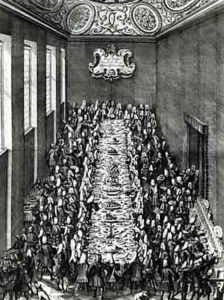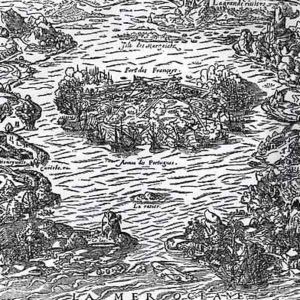Johann Cyriak Hackhofer Paintings
Johann Cyriak Hackhofer was an Austrian painter born in 1675 in Nauders, a small town in the Tyrol region of Austria. He was active during the late Baroque period and is known for his frescoes and altarpieces which adorned many churches and buildings throughout the Tyrol and Bavaria regions.
Hackhofer's early life and training are not well-documented, but it is known that he was active as an artist from around the beginning of the 18th century. His style was influenced by the great masters of the Italian Baroque and the earlier Renaissance period, but he adapted these influences to his own regional context, blending Italian grandeur with Germanic attention to detail.
Throughout his career, Hackhofer painted a number of significant works, particularly in the realm of religious art. His frescoes often featured dramatic lighting, vivid colors, and dynamic figures, reflecting the emotional intensity characteristic of the Baroque style. He was skilled in creating the illusion of three-dimensional space on flat surfaces, a technique known as quadratura, which made his frescoes particularly engaging.
One of his most notable works is the ceiling fresco in the parochial church of St. George in Lengmoos, South Tyrol. This fresco showcases his ability to integrate architectural elements with pictorial space, creating a cohesive and spiritually uplifting composition. Hackhofer's work was part of a larger cultural movement in the region that saw the decoration of numerous churches with elaborate frescoes and altarpieces during the period.
Johann Cyriak Hackhofer passed away in 1731, leaving behind a legacy of religious art that remains an integral part of the cultural heritage of the Tyrol and Bavaria regions. His contributions to the Baroque style continue to be appreciated by art historians and enthusiasts for their vibrancy and emotional impact.

